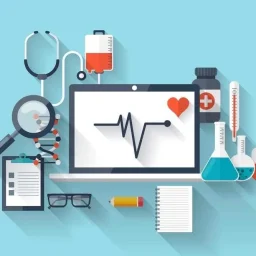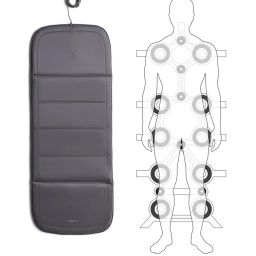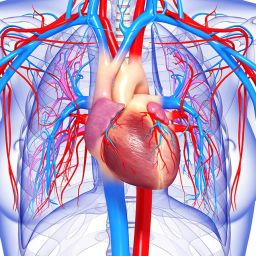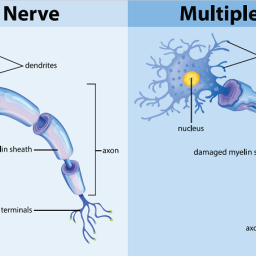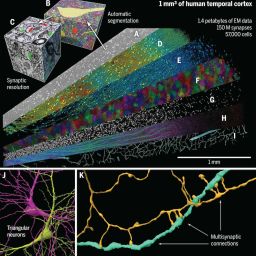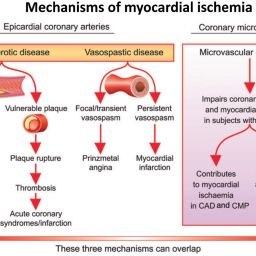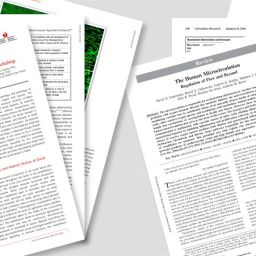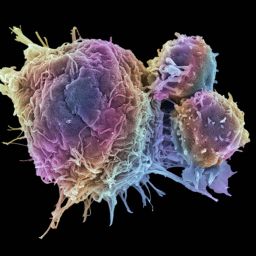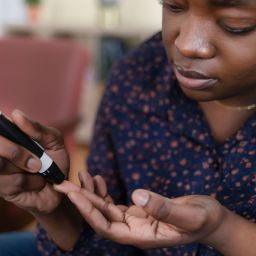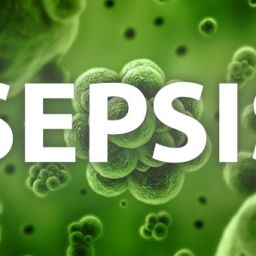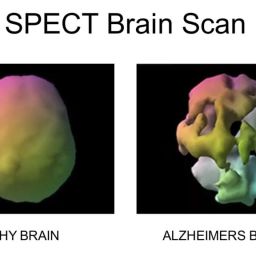
BEMER Physical Vascular Therapy & Microcirculation Explained: Extended Version
BEMER devices use a pulsed electromagnetic field – abbreviated as PEMF – to deliver a patented therapeutic signal. The BEMER signal helps improve the impaired pumping movements of small and very small vessels to promote needs-based distribution of blood.
Video Demonstration
THE CIRCULATORY SYSTEM
Nearly all blood vessels in our body are microvessels. If placed end-to-end, they would extend more than 74,000 miles. The circulation of our blood is the engine that keeps us going. The heart pumps blood through the main arteries, but it relies on the additional power of the autonomous pumping motion of the microvessels. It is these very small vessels that reach the most remote parts of our body.
SUPPLY AND DISPOSAL
Oxygenated red blood cells carry oxygen and nutrients through the arteries and capillaries to all the organs of the body. As the blood provides oxygen and nutrients to the cells, the cells in turn transfer carbon dioxide and waste products to the blood cells, which are then processed through the veins.
NECESSARY FOR YOUR WELL-BEING
BEMER devices are designed to improve circulation and support the body’s natural self-regulating processes. Blood is the body’s universal means of transport; oxygen, nutrients, chemical messengers (e.g., hormones) and immune cells are all transported through our blood. When our body’s cells, tissues and organs are adequately nourished and metabolic waste products are removed, our bodies become healthy and function properly.
HOW CAN BEMER HELP?
If you’re learning about BEMER for the first time, it’s important to understand microcirculation so you can fully conceptualize the positive impact BEMER has on personal health and well-being.
THE BEMER DIFFERENCE
Thanks to research at partner universities in Europe and at the Institute of Microcirculation in Berlin, Germany, we can show actual footage of the incredible effects BEMER can have on the circulatory system. These videos show microvessels operating inside the human body. The smallest blood vessels, microvessels, are only seven (7) microns in diameter (0.0003 inch) – the same as red blood cells, which need to deform to pass through them.
Additional Video: Physical Vascular Therapy in Practice
